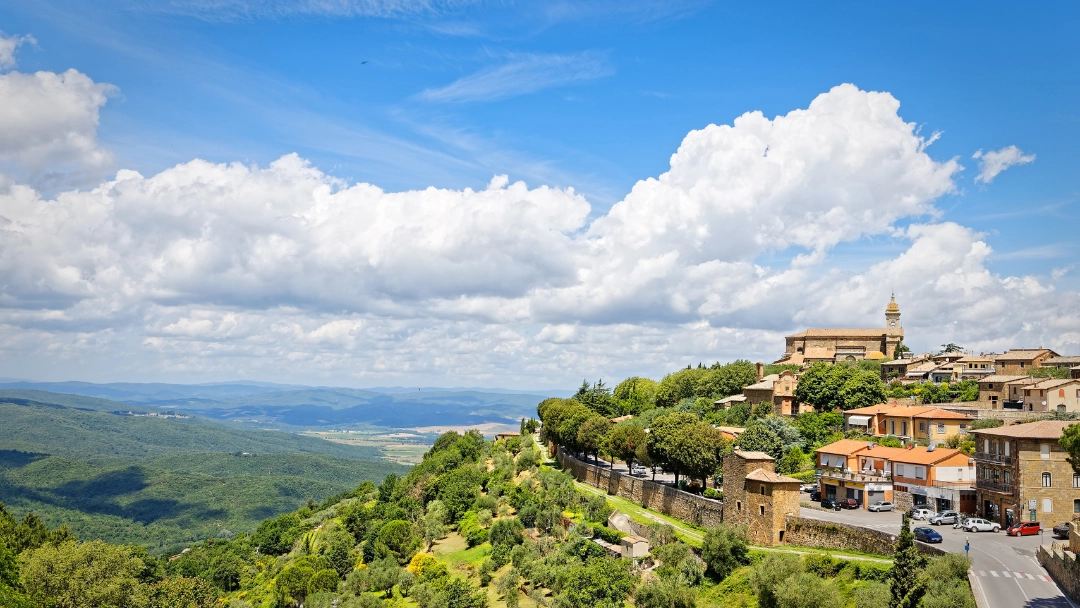Please note: In partnership with Serendipity, San Filippo, Ciacci Piccolomini and Castello Romitorio are currently available in the Texas market.
Welcome to the world of Brunello, where elegance and tradition meet in a glass. Tucked in the hills of Tuscany, Italy, Brunello di Montalcino has captured the hearts and palates of wine enthusiasts worldwide. Known for its unparalleled quality and age-worthiness, this red wine varietal showcases the very essence of the Sangiovese grape. Come along with us as we explore the geography, history and three essential producers— each from different corners of the historic birthplace of Brunello.
The Region: Montalcino, Tuscany
South of the city of Siena lies Montalcino, home to the incredible terroir that gives Brunello its variability and nuance. Several distinct geographic features create the perfect environment for Sangiovese to thrive:
- Climate: Mediterranean with a Continental influence, Montalcino is warmer and drier than neighboring region of Chianti Classico (about 53 miles away). Grapes ripen sooner, with harvest usually resolving in September.
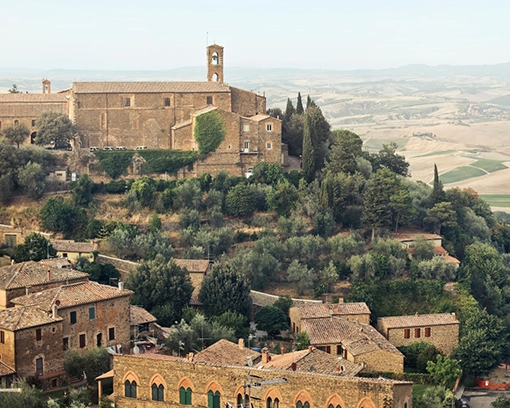
- Earth: Soils vary across Montalcino, but may include Galestro and clay. Southwest of the town center, Mount Amiata is an extinct volcano that helps moderate extreme winds and other harsh weather. Volcanic, mineral-rich soils surrounding the mountain also adds to the complexity of the soils.
-
Water: Montalcino is 27 miles from the Tyrrhenian sea. The Ombrone, Asso, and Orcia rivers help with irrigation and affect micro-climates.
-
Val d’Orcia: A portion of the Montalcino region encompasses an UNESCO World Heritage Site called Val d’Orcia. Landscape preservation, traditional agricultural practices, and the cultural significance of the area are both celebrated and maintained as part of this designation.
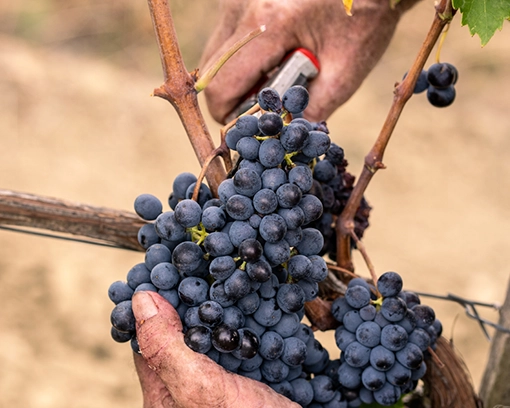
The History
While today Brunello has reached world-wide acclaim, enthusiasm for the wine style took over a century to manifest. In the mid 1800’s, Bordeaux held the standard for age-worthy, European wines. It was at this time that the Biondi-Santi family planted Sangiovese Grosso cuttings near Montalcino. The vines produced uncommonly tiny berries and concentrated, dense wines. They named the clone ‘Brunello’, or ’little brown one’, for its size and unique hue.
Breaking with tradition, the Biondi-Santi’s aged the wines for up to four years in large oak casks before bottling and also priced their wines higher than their competitors. This new, chewy, tannic Sangiovese was met with reservation until consumers realized how well it transformed over time. The wines were not only competitive in the local market, but also against the famed, dominating wines of Bordeaux. Despite a particularly celebrated vintage in 1888, the Biondi-Santi’s remained near sole proprietors of Brunello until the 1960’s. Their long-time commitment also helped to establish the Brunello di Montalcino DOC (1966) and later achieve DOCG status (1980)— proving that these bold red wines were worthy of international recognition.
Three Essential Producers
Whether you’re new to Brunello or a seasoned collector, there’s no better way to get to know a wine region than to taste your way through it. Here are three must-try Brunello producers that exemplify the legacy, artistry and quality of the region:
Ciacci Piccolomini d’Aragona
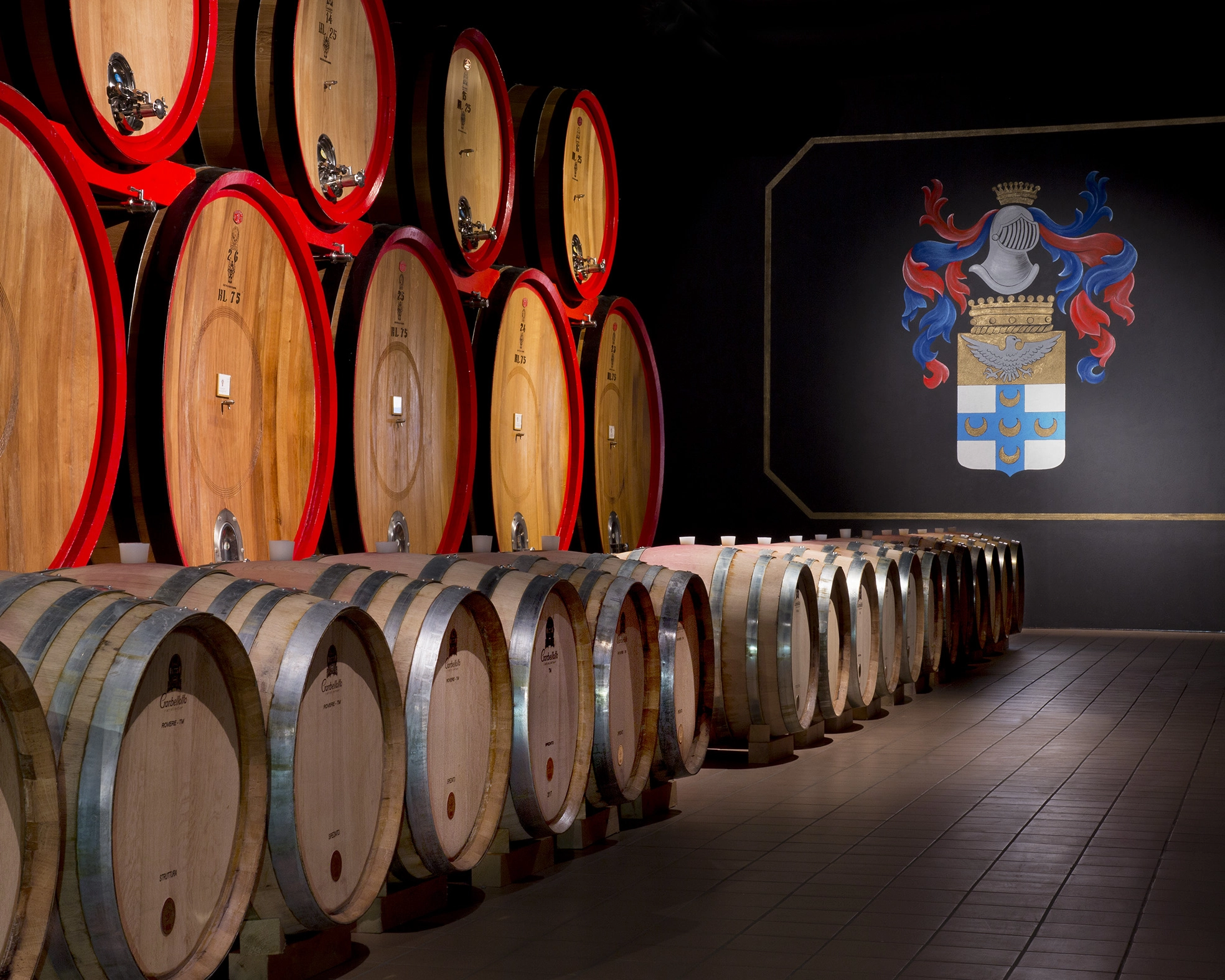
Ciacci Piccolomini Cellar
Located in the Southeast of Montalcino at the base of Mount Amiata, the Ciacci Piccolomini d’Aragona estate goes back to the 17th century. It was purchased in 1877 by Francesco Ciacci and passed through multiple generations of the Castelnuovo-based family. They humbly made wines for personal and local consumption until Giuseppe Bianchini, their unrelated, long-time vineyard manager, inherited the estate from an heirless Countess in 1985. Guiseppe and his family had grown up among the Ciacci vineyards and olive groves, and it had been his dream to share their Brunello with the world. He would achieve just that. Several successful vintages in, the 1990 Brunello release brought Ciacci Piccolomini an unprecedented amount of notoriety and acclaim. Their wines became synonymous with finesse, balance and longevity.
Today Guiseppe’s children, Paolo and Lucia, tend the 40 hectares of organic vineyards and continue their father’s vision. To experience “quintessential expression of place and the nobility of Sangiovese”, try the 2018 Ciacci Piccolomini Brunello. 100% Estate fruit from the Castelnuovo dell’Abate subzone (including their benchmark Pianrosso vineyard) sees 3 years in Slavonian oak before extended bottle aging. The wine is boldly aromatic with notes of dried flowers, red berry fruits, spice, and mushrooms.
Azienda San Filippo
Next we head to Northeast Montalcino to an estate that sits across from the Biondi Santi’s famed vineyards, San Filippo. This winery blossomed in the wave of 1970’s producers that intentionally shifted their focus to high quality, age-able wines. They were a part of the historic movement that not only led to the rise in popularity of Brunello production, but that would later lead to an incredible boom in American imports in the 80’s. The San Filippo estate was later purchased in 2002 by Roberto Giannelli, who put a significant amount of energy into renovating the winery facility and improving upon vineyard management. He worked with agronomist Patrizio Gasparinetti to build a small production line of wines that now embody equilibrium and elegance, and that maintain their American fandom.
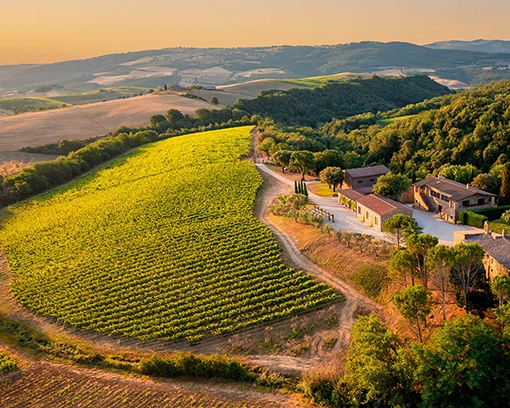
Azienda San Filippo
In this particular area of Montalcino, breezes from Mount Amiata and the Orcia river create a moderating climate unique to the appellation— lending itself to wines that express subtlety over power. Try the 2017 San Filippo Brunello di Montalcino for an introduction to their overwhelmingly highly rated bottles. Notes of black plum, Amarena cherry, and bright baking spice pave the way for silky tannins and an everlasting finish.
Castello Romitorio
Nothing says ‘art’ like Castello Romitorio. Situated in the more westerly part of the region and surrounded by dense forests, Romitorio was a passion project purchased in the 80’s by prolific artist Sandro Chia. Technically the 42nd winery in Montalcino, Sandro’s vision for the property included not only reviving the historic castle on site, but to also bring the vineyards back to life. He worked ardently with his son, Filippo, for over 30 years to restore the estate’s “ancient vocation for viticulture”. Castello Romitorio is now recognized as true specialists in the area. They view winemaking in the same way that they view creating great art: balancing the pursuit of excellence with tradition, and classicism with modernization.
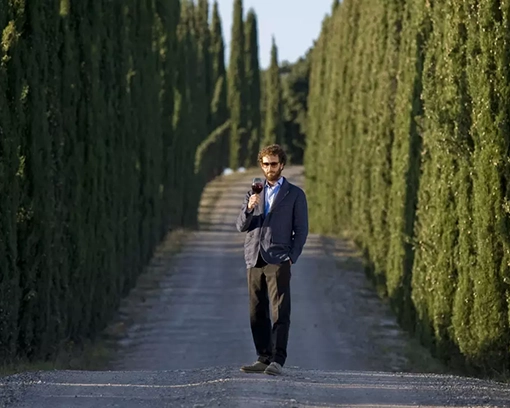
Filippo Chia
For Sangiovese lovers seeking out powerful Brunello, Castello Romitorio crafts bold expressions that reflect the moody, intense landscape from which it is grown. A cooler climate has, over the years, caused the grapes to develop thicker skins. This type of fruit yields greater potential for higher tannin, over-all structure and increased age-ability. Begin with their flagship wine: ‘18 Castello Romitorio Brunello di Montalcino. Dense with firm tannins, lovely notes of violets, rosemary and sage evolve into complex notes of soy and pomegranate.
Brunello di Montalcino wines have captivated wine enthusiasts far and wide with their varied, age-able expressions of the Sangiovese grape. From elegant and refined to bold and intense, there’s something for everyone in this famed wine region. The only question left is, which will you try first?

